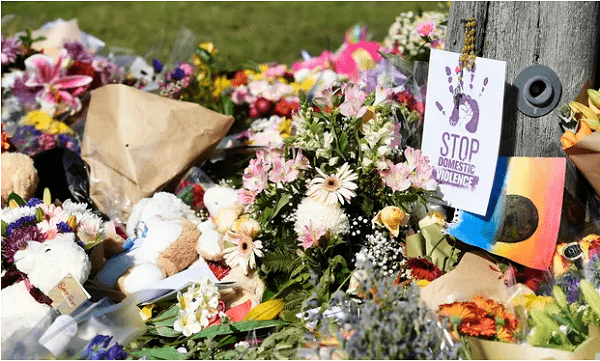But after all that, there will be the forgetting. The government, media and community forgetting.
Indeed, since first writing this piece, another woman has been killed in what’s believed to have been the result of domestic violence in Australia. This time in Townsville, Queensland. Her identity is yet to be revealed.
Australia has no Violence Against Women & Children Toll. It has no organisation dedicated to the detailed reporting of femicide, family violence and the killing of children.
While millions of dollars are spent on driving down the Road Toll and towards reducing workplace death and injury, there is no equivalent tracking of the violent deaths of women at home or in the street. Nor is there an insurance scheme to help injured women and children rebuild their lives like the Transport Accident Commission and Worksafe.
Instead, Counting Dead Women is the work of unfunded women’s organisations. In the absence of investment, women work online scouring news reports and piecing together stories about the numbers of women and children who are dying. Neither Destroy the Joint nor Sherele Moody, Founder of the Red Heart Campaign and the Australian Femicide Map, receive government funding. When it comes to counting the value of women’s lives, governments have empty pockets.
In a report soon to be released by PerCapita, we explore why transport and workplace death and injury have annual tolls supported by extensive research and elaborate legislative insurance schemes, while violence against women does not.
Would it surprise you to know that there is a gender bias in who dies?
That’s right. Men die more on the road and at work.
And women – who die at home and on the street – simply do not count enough to count.
Until we start investing in regular data recording of death and injury of women, we will not change rates of violence in this country. Tolls are essential prevention infrastructure. Monitoring and accountability drives reform.
Tolls alone will not end violence. Structural change like the historic passage of Gender Equality Act in Victoria yesterday and culture change, like the work being done to Change the Story around gendered stereotypes by OurWatch, Australia’s national violence prevention entity, also play a role.
But Tolls are an essential tool in Prevention. OurWatch knows this. This is why they have been working on Counting on Change, building the research on which indicators should be included in regular monitoring of incidents of and attitudes to violence against women. An Australian Violence Against Women Toll would be far more complex to build and to track. OurWatch survives on a modest budget of $7 Million annually to prevent violence against women nationally. Compare that to Safe Work Australia whose budget is $20 Million for national workplace safety prevention and reporting and the Victorian Transport Accident Commission which spends $120 Million annually on road safety marketing.
For women’s deaths to really count we need to shift from the temporary hit of digital outrage to fulsome, equal investment in a Toll that monitors how well Australia performs in keeping women and their children alive.
Tanja Kovac is Senior Research Fellow for Gender Equality at Per Capita and the CEO of Gender Equity Victoria. PerCapita’s Measure for Measure: Gender Equality In Australia will be released on Wednesday 4 March at the Queen Victoria Women’s Centre in Melbourne.


